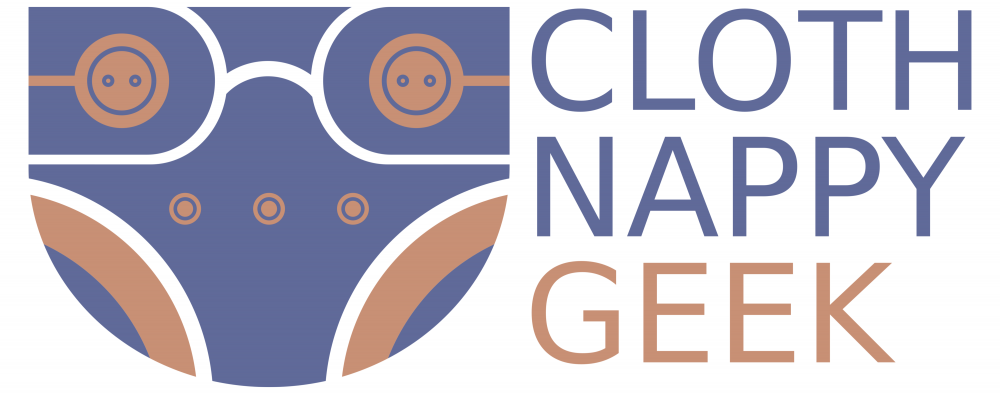
As parents become more aware of waste and the importance of protecting the environment, the number of eco disposables on the market has grown.
Marketed towards those with higher incomes, they are significantly more expensive than their traditional disposable counterparts. In theory they take all the guilt out of using nappies, without having to switch to cloth nappies. But are they worth it?
Biodegradable
Eco-dispoables market themselves as biodegradable. You simply use on your baby like a traditional disposable and then pop it in a biodegradable nappy sack and into the bin. Sounds simple.
Firstly it is important to note that not all the components of an eco-disposable nappy are biodegradable in the first place. In varies between brands but expect only 60-80% to be ‘bio-degradable’
Now we need to understand what biodegradable means. Under the right conditions materials breakdown and return to their natural state. The key part of this is ‘right conditions’. Landfill is designed to bury waste, not compost it. Waste is squashed repeatedly so it takes up the least amount of space possible, and covered in layers of soil. This removes almost all oxygen and moisture creating a very hostile environment for items to degrade. Even organic matter (I’m talking fruit and vegetables) take decades to breakdown, and create harmful methane gases when they do.
So actually in terms of landfill reduction, it is pretty pointless.
Composting
What about composting I hear you ask? Composting is an excellent way to deal with waste and return organic matter to the earth. It requires a careful balance of materials (carbon and nitrogen components) to be successful.
Babies use a lot of nappies. Unless you are composting on a grand scale, you are quickly going to end up with too many nappies and not enough of anything else. Also remember how eco-disposables are not fully biodegradable? That will mean you need to separate the various components which sounds very time-consuming. Finally, you can’t put human waste into compost, so soiled nappies are a no-go.
Some countries have companies which will collect, process and compost your nappies successfully. But this is not a service currently available in the UK.
Chemical-free
Another motivation for stepping away from the traditional disposable nappies might be to avoid the chemicals contained in them. This is something that eco-disposables can offer. Many are chlorine and fragrance free.
Raw materials
One of the biggest environmental benefits of cloth nappies is that they are reused, over and over again, for years. Eco-disposables cannot be reused. They many contain recycled components, or wood pulp from sustainable forests. But the reality is these materials will be used once and end up in landfill for centuries.
Packaging
Whether you’re buying a cloth or a disposable nappy, its packaging forms a key part of its carbon footprint. The majority (although sadly not all) cloth nappies come without any packaging. From my research, all eco-disposables come in packaging. This is often a ‘natural’ plastic made from sugarcane or cornstarch. But as we have seen above, there is very little you can do with this packaging in order to dispose of it in an environmentally friendly way.
Plus there is the constant manufacturing and transportation involved in single-use nappies of any type.
Greenwashing
Greenwashing is when a company makes their products appear more environmentally friendly than they really are. It’s deceptive. Eco-disposables are a good example of this. Far more expensive than their traditional disposable counterparts, but in reality the environment benefit is very small.
As always if you’d like to switch to cloth nappies, or need some support with your current cloth nappies, then please get in touch. The easiest way is to DM me via Instagram (@clothnappygeek), or you can add a comment to any of my YouTube videos and I’ll get back to you.
Remember even one cloth nappy a day makes a huge difference overall.
